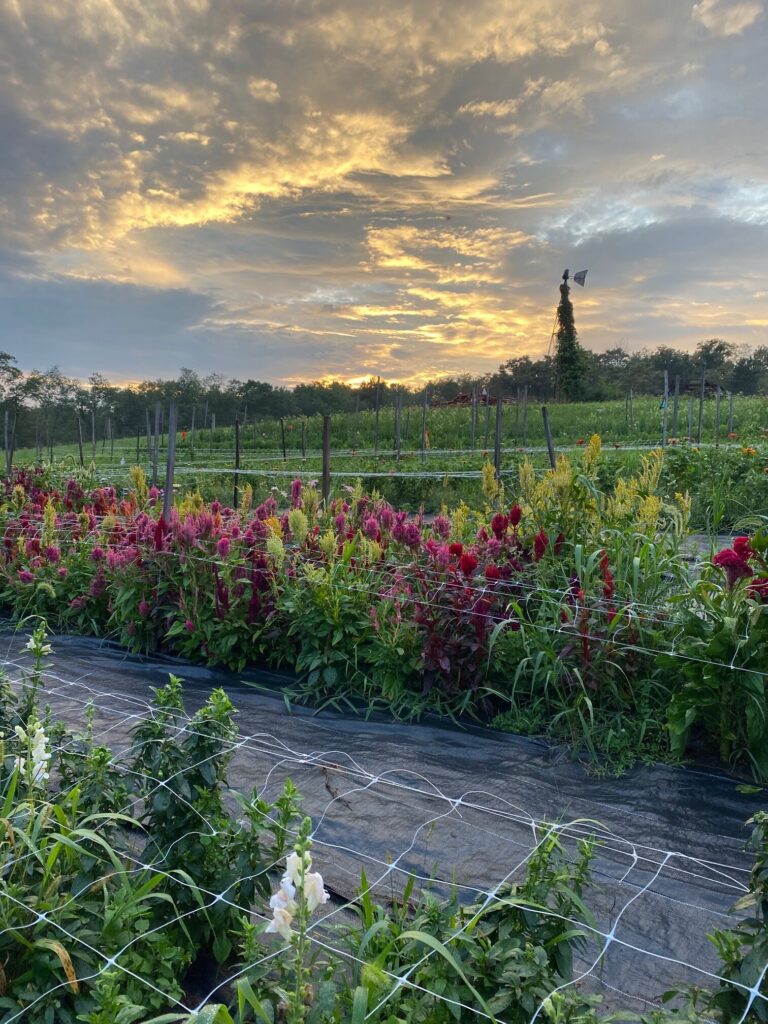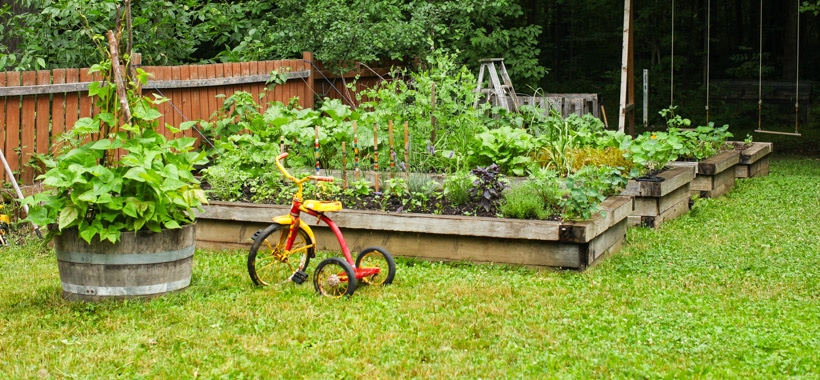How to Plan Your Homestead Gardening Effort
How to Plan Your Homestead Gardening Effort
Blog Article
Reveal the Tricks to Producing a Attractive and Efficient Gardening Area
Developing a lovely and effective gardening space is not simply an issue of growing blossoms and vegetables; it calls for a strategic strategy that incorporates numerous critical components. From picking the right area based on sunshine and soil type to thoughtfully creating your format and selecting suitable plants, each choice plays a pivotal role in the success of your garden.
Choosing the Right Location
Selecting the ideal location for your garden is important to its success and general visual allure. The initial action in this process entails analyzing sunlight exposure, as many plants require a minimum of 6 hours of straight sunlight daily (Homestead Gardening). A south-facing garden normally obtains one of the most light, while shaded areas can impede growth and flowering
Furthermore, take into consideration dirt top quality and water drainage. Well-draining dirt is important to prevent water logged roots, which can cause plant diseases. Carrying out a dirt test can supply useful details relating to pH degrees and nutrition web content, enabling you to change the dirt accordingly.
Moreover, closeness to water sources is an additional factor to evaluate - Homestead Gardening. Having easy accessibility to a hose pipe or irrigation system can streamline the watering process and urge constant plant care. Wind protection is likewise important; placing your yard near frameworks, such as walls or fences, can secure it from severe winds that might harm fragile plants
Finally, consider access for upkeep and harvesting. A well-placed yard enables hassle-free accessibility, guaranteeing that you can conveniently tend to your plants without causing undue stress and anxiety or disruption. Thoughtful area selection lays the structure for a thriving yard.
Selecting Plants Intelligently
When choosing plants for your garden, it's necessary to consider elements such as climate, soil conditions, and individual choices to make sure a unified and efficient area. A detailed understanding of your neighborhood environment will certainly assist you in choosing plants that flourish in your specific environment. Selecting drought-resistant selections is advantageous in dry areas, while moisture-loving varieties might be much more suitable for areas with high rainfall.
Soil problems are equally critical; performing a dirt test can disclose pH degrees and vitamins and mineral content, enabling you to choose plants that will grow. Indigenous plants are often an exceptional option, as they are usually well-adapted to local soil types and call for much less maintenance.
Show on your personal choices-- selecting plants that resonate with your visual preferences will certainly improve your enjoyment and dedication to keeping your garden. By thoroughly assessing these aspects, you can develop a growing and diverse plant selection that boosts your horticulture experience.
Creating Your Yard Format
With an attentively picked plant option in hand, the following step is to create a garden design that optimizes both appeal and performance. Begin by evaluating the available room, thinking about variables such as shade, additional hints wind, and sunshine patterns. A tactical design ought to include different zones, including locations for planting, pathways, and potentially seating.
Beginning with larger plants or focal points, such as trees or tall perennials, positioned purposefully to produce aesthetic passion. Layer smaller sized plants in front to enhance depth and structure. Take into consideration the growth routines of your picked plants; taller selections need to be placed at the back or facility of beds, while much shorter ones can line the sides.
Incorporating pathways not only helps with access for upkeep but likewise welcomes exploration. Usage products that match the yard's total aesthetic, whether wood, gravel, or stone chips.
Furthermore, assume about seasonal modifications and just how your design will certainly look throughout the year. Including evergreens along with seasonal blossoms can ensure year-round charm. Inevitably, a properly designed yard design harmonizes the all-natural beauty of plants with useful factors to consider, resulting in a space that is both welcoming and efficient.
Enhancing Dirt Wellness

To enhance soil health and wellness, begin by carrying out a soil test to analyze pH degrees, vitamins and mineral material, and dirt structure. Integrate natural issue such as compost, well-rotted manure, or leaf mold and mildew to improve soil structure, water retention, and microbial activity.
Mulching is an additional effective technique; it not just preserves dampness yet also suppresses weeds and gradually enriches the soil as it breaks down. Preventing too much husbandry is important, as it can interfere with dirt framework and damage beneficial organisms. Rather, take on no-till or very little husbandry practices to preserve soil stability.

Preserving Your Garden Properly
A well-kept yard provides pride and productivity, calling for consistent attention to guarantee that learn the facts here now plants flourish and the landscape stays inviting. Efficient yard maintenance entails a number of key techniques that boost the wellness of your plants and the total visual of your area.
Regular watering is important; nevertheless, it is very important to tailor your watering timetable based upon the certain requirements of your plants and regional climate conditions. Mulching can help preserve dampness, reduce weeds, and regulate soil temperature. Prompt weeding stops competition for nutrients and resources, guaranteeing that your plants flourish.
Trimming is one more essential job. It urges healthy development, eliminates diseased or dead branches, and shapes plants to keep an attractive framework. Furthermore, keeping track of for diseases and parasites is vital; early detection and intervention can conserve your plants from significant damages.
Fertilization needs to be carried out attentively, utilizing natural choices whenever possible to promote long-lasting soil wellness. Finally, seasonal tasks such as planting, splitting perennials, and getting ready for winter months will certainly ensure your yard remains lively year-round. By following these methods diligently, you can cultivate a garden that is both stunning and effective.
Final Thought
Picking an ideal area with ample sunshine, selecting appropriate plants, creating a visually pleasing layout, boosting dirt wellness, and making sure normal upkeep are important parts. By incorporating these techniques, one can grow a prospering yard that not only enhances the landscape but additionally promotes environmental equilibrium and sustainability.
From picking the right place based on sunshine and dirt type to thoughtfully making your layout and picking appropriate plants, each choice plays a pivotal duty in the success of your garden. Well-draining dirt is important to prevent waterlogged origins, which can lead to plant illness.When choosing plants for more helpful hints your yard, it's important to consider aspects such as environment, soil conditions, and individual preferences to make certain a efficient and unified area. Inevitably, a well-designed yard layout integrates the natural elegance of plants with useful considerations, resulting in an area that is both inviting and efficient.

Report this page